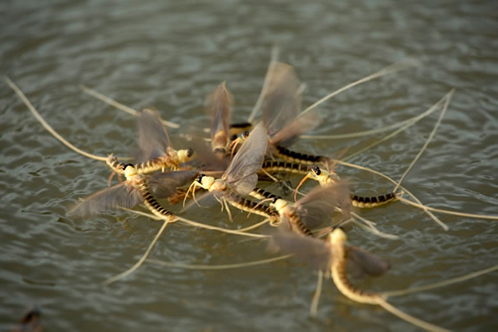home
news
book orders
post-photography
the self-portrait sessions
sex over 50
found birds
helmbrechts walk
video
recent work
early work
writings
talk
odds & ends
bio
contact
links
pigeon study
tisza river project
© 2020 by Susan Silas
tisza river projectwww.tiszariverproject.com More and more often we hear the claim that in the future wars will be fought, not over oil, but over water. While I think about this often, my decision to trace the course of the Tisza River, from its northern point of entry into Hungary at Tiszabecs, where one can easily swim the short distance to the Ukraine, to just south of Szeged where the river winds its way across the border into Serbia, did not stem from a conceptual model. It came from a lingering response to an image in a film whose name I've long ago forgotten. It was a Hungarian film about first cousins who decide to marry despite the taboo against first cousin marriage in their community. They are shunned from society and they take up residence in a small, remote cabin along the Tisza. It was an image of the river in this film that created the longing to go there. In a book celebrating a millennium of life on the river a quotation from the Hungarian writer István Széchenyi describes the Tisza Valley as "the cradle of our race." There is a keen awareness of the water level on the Tisza. Daily, a report is generated and posted on the internet measuring the height of the river at short intervals, noting whether it is rising or falling. Bridges spanning the river and stairways leading down to its banks bear yardsticks so that even the casual passerby can have a accurate measure of its status. There is an intimate and daily relationship between the river and those who live along its banks. At first I was thinking about the fate of water generally but my focus was altered by the discovery that the Tisza is home to the worlds largest mayflies. These mayflies live in the mud beneath the water for three years as larvae and emerge once a year in large swarms. They have a life span of three hours. The swarming on the river has a very particular sound. Mayflies twirl in large groups on the water surface resembling giant flowers. This swarming is referred to in Hungarian as Tiszavirag. The word virag is the word for flower in Hungarian–thus flowering of the river. This phenomenon brought me back to the themes that connect most of my work for the past decade: looking at decay and death and transformation. While my work explores a number of different avenues, I see all of my work examining the same themes; bodies of work that chart processes of change, both in the literal landscape, the landscape of memory and in the physical body. The discovery of the Tisza's mayflies gave rise to other thoughts; trying to find meaning in a life so short-one in which only sex, procreation and death are taken into account. I began to think about what sort of philosophical treatise a mayfly might write about such a life. A friend who lives in Hungary wrote to me that: "We are always trying to be more human, more tolerant and we intend to develop our inner world but our opportunities are limited. In the case of the mayfly the limit is one day." They had to learn during the course of evolution how to condense all these things into three scant hours just as dusk turns to night." A nuptial, the conjugation, the dissolution into another being." If sacrifice for others plays a part in this short life cycle–that topic brings us back to the fate of the water itself and how much we are all willing to sacrifice or alter our perceptions in order to live differently in the future–either because we choose to make good decisions now or because we are forced to live differently as a result poor decisions or inaction in the present. |  |